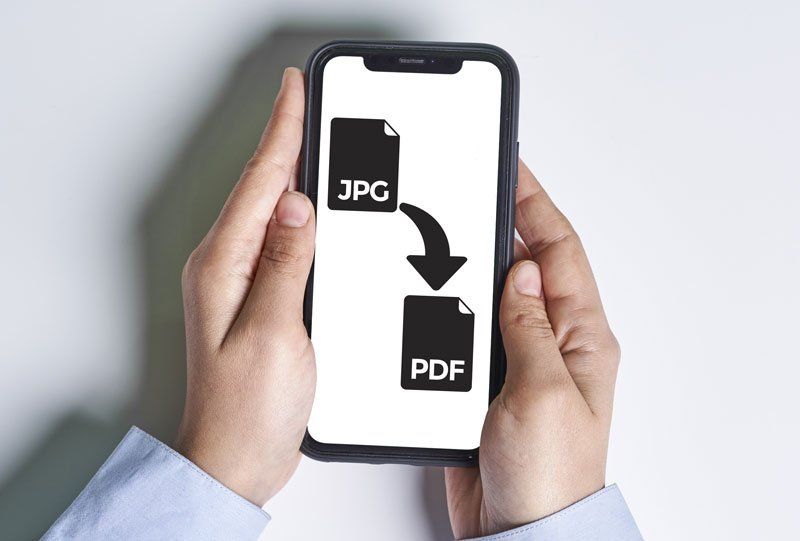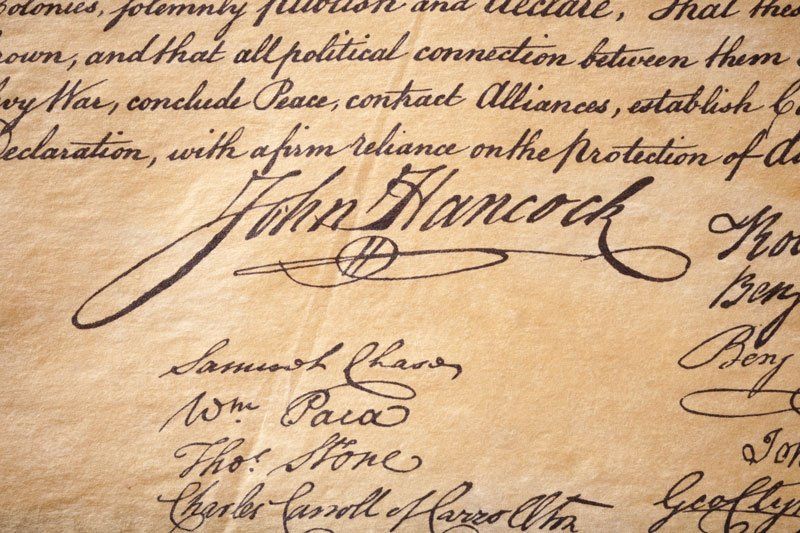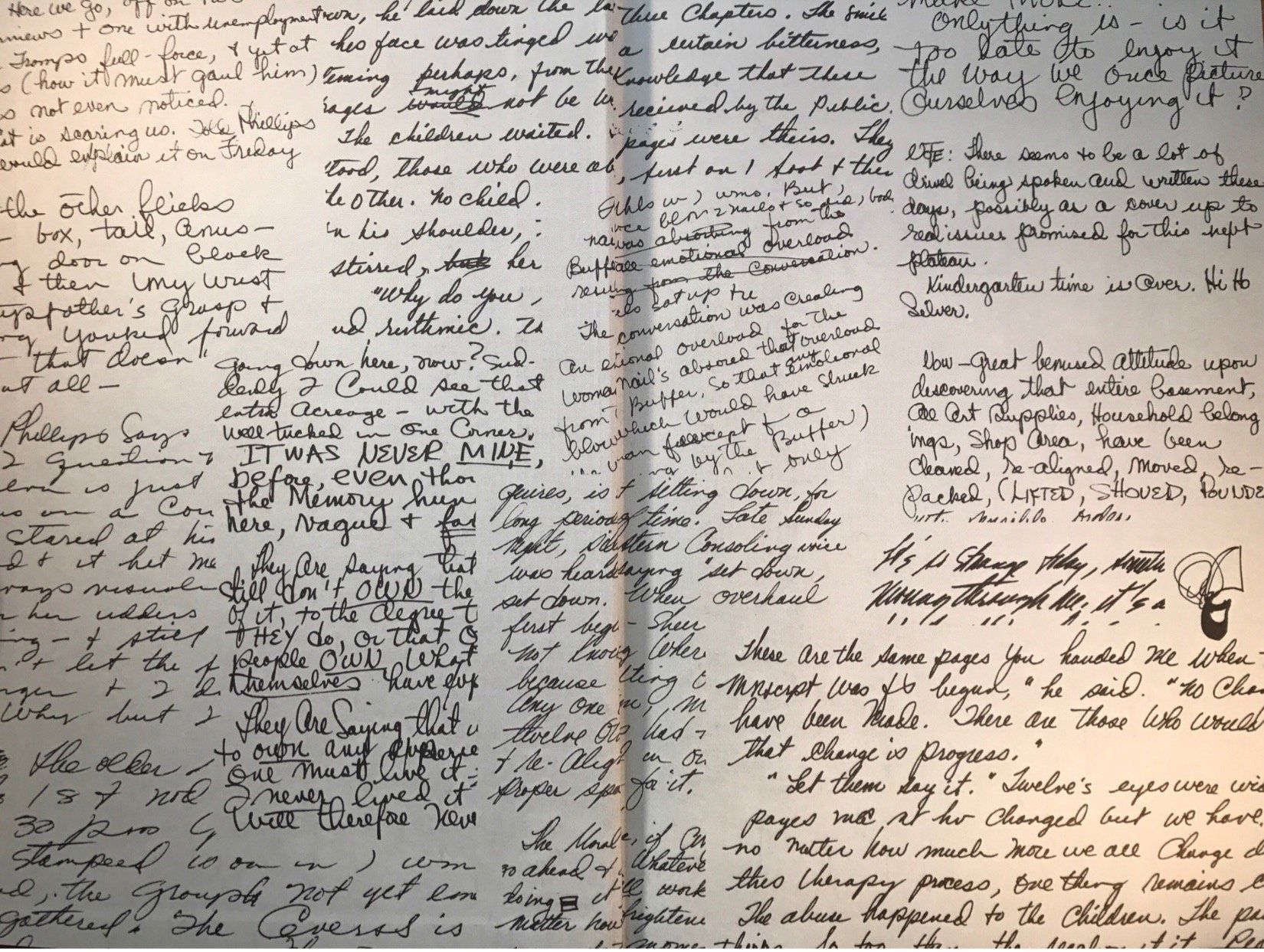General Principles of Forensic Document Examination
Although a person may attest to his/her signature as being authentic, detecting fraudulent documents may involve more than just examining handwriting. Looking for similar/different patterns of watermarks, staple holes, trash marks and other paper document element patterns can identify/eliminate a document as being authentic/not authentic.
Even before the advent of computers and software programs, there were guiding principles requiring examination of fraudulent document elements like staple holes, watermarks, printer defects, a typist’s habits, measurements of various elements and more to detect patterns of alterations.
In today’s world, in addition to gathering evidence about the above document elements, the process of digital image document authentication involves several more tasks. These tasks include, but are not limited to, evaluation of image structure and content (artifacts consistent with image manipulation), metadata analysis, issues of provenance (location where the image was recorded), evidence of staging, and anachronism (appropriate to a period other than that in which it exists).
Procedures and techniques involving digital scanning in TIFF mode and JPG mode, digital microscopy, other magnification modes and analysis techniques I may use include, but are not limited to, Photoshop CC, MS PowerPoint, MS Word, and Affinity Publisher.
Refer to Definitions of Acronyms and Terms Article for other acronyms and terms which may be used in reports or during testimony.
MOST IMPORTANTLY: The techniques and procedures employed in an examination do not attempt to provide any assumption regarding how the manipulation occurred and only provide evidence so opinions may be rendered as to whether or not there are document alterations (i.e., whether or not the document in question is authentic).



